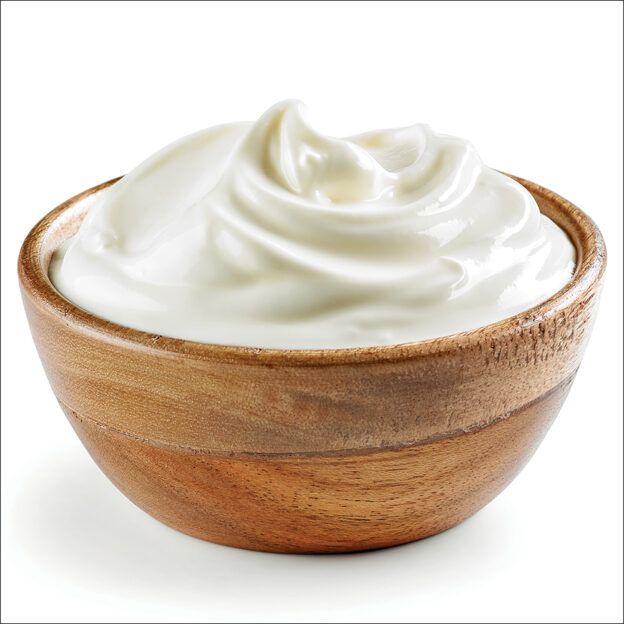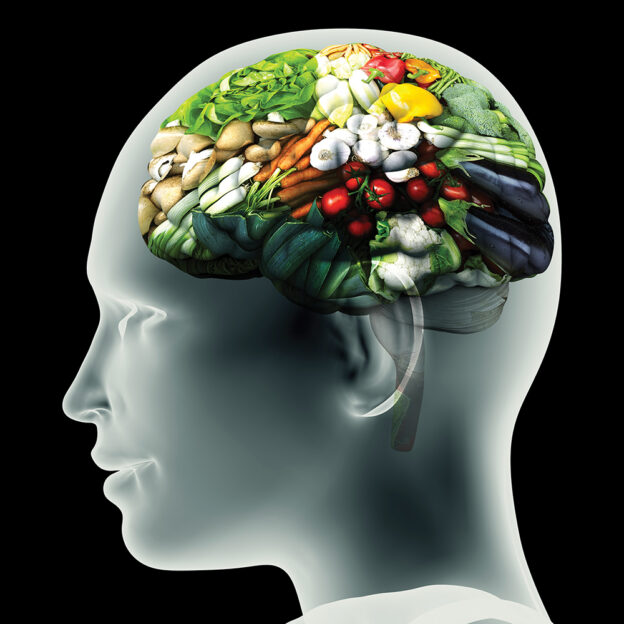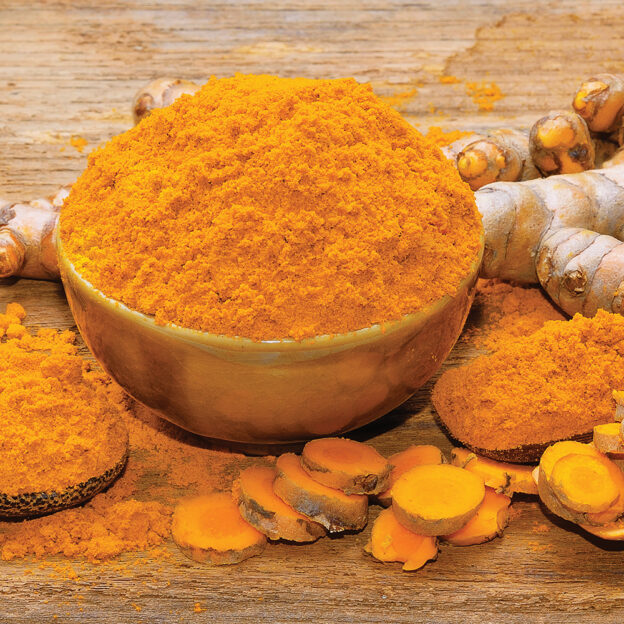By Jane Hersey
 Nineteen prominent psychiatrists, toxicologists, and pediatricians have sent a letter to Congress, urging it to pass legislation banning the use of synthetic food dyes and certain other additives that have been linked with children’s behavior and attention problems.
Nineteen prominent psychiatrists, toxicologists, and pediatricians have sent a letter to Congress, urging it to pass legislation banning the use of synthetic food dyes and certain other additives that have been linked with children’s behavior and attention problems.
“The undersigned physicians and researchers are concerned about the effects of food ingredients, especially food dyes, on children’s behavior, including children with hyperactivity and attention-deficit/hyperactivity disorder (ADHD), and are troubled by federal inaction,” they wrote.
The scientists stressed that the link between food dyes and children’s behavior has been confirmed by numerous studies since Ben Feingold, MD, a pediatrician and allergist, first discovered it over 30 years ago.
“The first hints that food ingredients could impair children’s behavior came in the mid-1970s, when the late Ben Feingold, MD, publicized his clinical findings…. His contentions not only generated great public concern, but also spurred scientists to conduct scientific research….” Many of the studies done over the years, in the US and abroad, have confirmed that some children are adversely affected by foods, with food dyes being the ingredients most intensively studied.”
In their letter, these doctors and researchers cited a meta-analysis of previous studies, which included a discussion of the low-additive Feingold Diet and concluded that “our results strongly suggest an association between ingestion of [artificial food colorings] and hyperactivity” (Schab 2004).
They also cited a recent British study on the effects of six synthetic food dyes on 297 children, which concluded: “The present findings…lend strong support for the case that food additives exacerbate hyperactive behaviors (inattention, impulsivity, and overactivity) in children at least up to middle childhood.” It also noted: “These findings show that adverse effects are not just seen in children with extreme hyperactivity (ie, ADHD), but can also be seen in the general population and across the range of severities of hyperactivity” (McCann 2007).
Reactions to these studies have been dramatic, both here and abroad. The European Parliament passed legislation this summer requiring labels on foods containing six synthetic dyes to warn that they “may have an adverse effect on activity and attention in children.” (Manufacturers were given eighteen months to comply.) Britain’s Food Standards Agency also called on manufacturers to voluntarily remove the dyes by the end of 2009 and advised parents to limit their children’s intake of these additives if they show signs of ADHD.
In the United States, the American Academy of Pediatrics acknowledged in its journal, AAP Grand Rounds, that “a trial of a preservative-free, food coloring-free diet is a reasonable intervention” for hyperactive children. In addition, the Center for Science in the Public Interest filed a petition with the Food and Drug Administration (FDA) calling on the agency to ban eight synthetic food dyes and to require warning labels on all foods containing them in the meantime.
The letter to Congress points out that some multinational corporations have already cut down significantly on the use of synthetic food dyes in Europe—but not in America. These companies apparently think that these additives are too risky for British children to eat but are “good enough” for American children!
Despite many studies linking these dyes with behavior problems, the food industry dumps huge amounts of these chemicals into our food. According to the FDA, people consume about five times as much synthetic food dye today as they did in 1955. Worst of all, these additives are found in many processed foods targeted at children, including candy, gum, cereals, sports drinks, popsicles, gelatin, cookies, and frostings.
Children’s foods do not need to be colored with synthetic dyes, because there are plenty of natural ones available. Food manufacturers are now competing with each other to see who can offer kids the most brightly colored foods and beverages, but if these petroleum-based dyes were banned, the manufacturers would use safe natural colorings such as fruit- and vegetable-based ones.
While the eventual banning of synthetic food dyes is an important goal, concerned parents can take steps now to eliminate these petroleum-based additives from their families’ diets. As a first step, parents can read ingredient labels and avoid all foods listing color/number combinations, such as Yellow 5 and Red 40, because these are synthetic food dyes. In addition, it is recommended that parents refuse to purchase foods containing artificial flavorings and the preservatives BHA, BHT, and TBHQ, because these have also been linked with conduct and learning difficulties.
But reading labels is not the only answer, because food manufacturers do not always list all of the ingredients and restaurant menus seldom do. More complete information on food ingredients can be found at the Feingold Association website (see note below). ?
Note: The Feingold Association (www.ADHDdiet.org) conducts in-depth food research and publishes a Foodlist & Shopping Guide, which lists thousands of brand-name foods that are free of the unwanted additives; the Pure Facts Newsletter; a Mail Order Guide; a Fast Food & Restaurant Guide; and more.
Article originally published in Well Being journal, Vol 18, No 1. For full issue see: https://wellbeingjournal.com/product/vol-18-no-1-january-february-2009/
Jane Hersey is director of the nonprofit Feingold Association, which helps families of children with learning/behavior problems use the low-additive Feingold Diet. A former teacher and Head Start consultant, she is author of Why Can’t My Child Behave? and Healthier Food for Busy People. Hersey has testified before the National Institutes of Health, the US Department of Agriculture, and Congress about ADHD and diet, and she frequently lectures at educational associations, hospitals, medical groups, universities, and schools across the country. She volunteered in the Feingold Association in 1976 after the low-additive Feingold Diet helped her daughter Laura.
References:
“Do artificial food colors promote hyperactivity in children with hyperactive syndromes? A meta-analysis of double-blind placebo-controlled trials.” DW Schab et al, Journal of Developmental & Behavioral Pediatrics 25(6):423-434, Dec 2004
“Food additives and hyperactive behaviour in 3-year-old and 8/9-year-old children in the community: a randomised, double-blinded, placebo-controlled trial.” D McCann et al., Lancet Online DOI:10.1016/S0140-6736(07)61306-3, Sep 6, 2007
“ADHD and food additives revisited.” A Schonwald, AAP Grand Rounds DOI: 10.1542/gr.19-2-17, Feb 2008 (http://www.feingold.org/Research/PDFstudies/AAP08.pdf)





